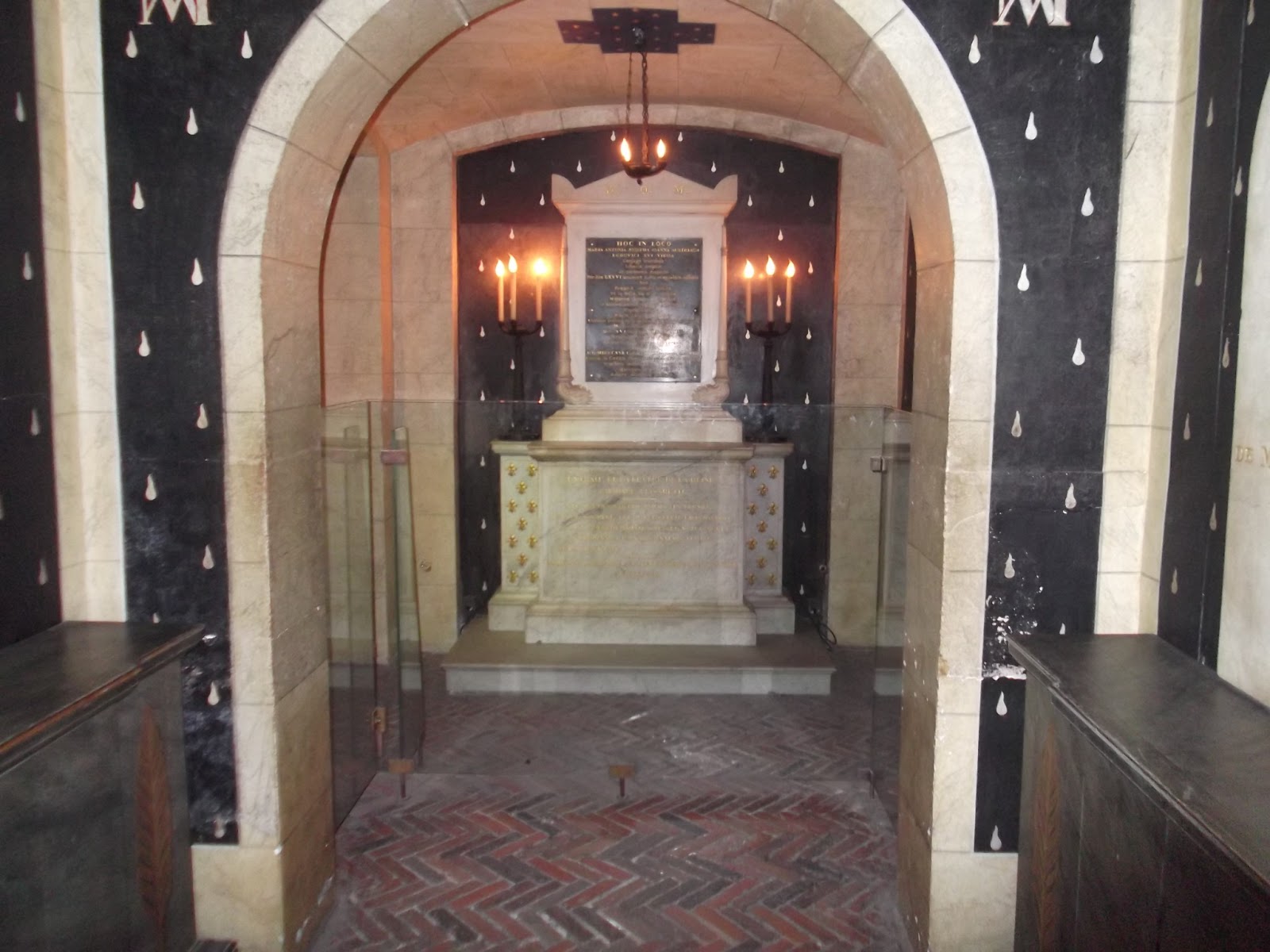It is hard to believe that I have been home for over 2 months already. It didn't take long for it to feel like I never left and that my time in France was far in the past, if not a dream. I always intended to write a conclusion, like the obligatory reflection on how I've changed. In fact, I started putting together outlines of ideas while I was still in France, but this entry has been sitting unfinished ever since. I have not been able to force myself to finish it. Ending this blog is really the very last thing in my French journey and while I'm thrilled to be home, I am also struggling to be patient and content as I search for a full-time job and continue to re-adjust. Looking back on the simplicity and security (even though it was always temporary!) of my life in France is tempting and firmly closing that chapter of my life is turning out to much harder than I ever thought.
But today, I mustered up the courage. I could write about my amazing final days in Paris, or how I lucked out and got a deluxe first class seat. which was essentially a private bed, on my flight back. Or even how I have extended my experience by staying in contact with some students and teachers, as well as continuing working with the French language here in the the US. But that's wimping out. So instead, here are some of the biggest challenges that I faced while in France.
By far, the hardest thing for me to do was to let go of perfection. My life was completely new. I was in an immersive language and culture experience, teaching at a level I never have before, traveling to countries where I didn't speak the language, and living with roommates. Everything was new to me, but at first I still kept that benchmark of perfection for myself. Obviously, that proved to be impossible. Within the first month, I realized that while I was telling my students that it was okay to make mistakes, I wasn't allowing myself that grace. That fear of messing up was keeping me from talking in French with others, and trying new ideas in the classroom. I was missing out on opportunities to improve my language skills, see new places, and connect with people. As soon as I allowed myself to not take my mistake personally, my French got better because I used it more. I planned some new, more creative lessons. A few were flops, but others were great!!
In addition, I had to stop caring what other people thought about me. At first I was so concerned with sticking out, that I didn't want to draw attention to myself by having different opinions or wearing "weird" clothes, which all sounds really silly now. But then I realized it was okay that I looked or acted like I didn't belong...because I didn't!! It seemed so revolutionary at the time, but once I let go of that, I was able to have great conversations with students and colleagues about American fashion, political ideas, historical perspectives, and pop culture. Of course we talked about these ideas and differences in a structured way in class, but by my doing or saying something different, we were able to have those conversations spontaneously. And those conversations were often much better and meaningful than the ones I had planned.
Born out of these challenges was a new sense of confidence in trying new things. My life and travels were all new and I needed that confidence to make the most of my time. But, I have carried the confidence back to the US as well. Here's ridiculous, but concrete, example. Previously, I did not like going to restaurants I had never been to before unless I had someone who had been there before with me to explain how this particular establishment did things, where you order, pay, specials, etc. It wouldn't stop me from going somewhere new, but it was a conscious preference I had. Now, I don't worry about it because I have navigated totally new restaurants in places where I didn't speak the language, and having that new experience in my native tongue is no longer intimidating. I will simply ask the questions because I'm not afraid of sticking out like I don't belong. I take my own bags to the grocery store because I don't care if the cashier things I'm weird. I don't mind waiting until 8 or 9 to eat dinner. Sometimes, I wish I could safely walk the 2 miles to the grocery store. I know these little things sound silly, but I believe that the confidence to do these little things builds into confidence for the larger, more daunting, and more important tasks.
Enfin, that concludes the vulnerable self-reflection. I couldn't visit Versailles and Giverny without sharing at at least a few photos. :)
 |
| The castle of Versailles |
 |
| The water garden at Giverny, Monet's home |
 |
| Giverny |
 |
| The memorial in Marie-Antoinette's prison cell in the Conceirge |
 |
| Looking down on Notre Dame from the tower |
So that's it. C'est fini. La fin. My time in France is officially over, and I have returned a more confident version of myself, more certain of my values and goals, and more willing to branch out in to the unknown and try new things. And because of that, I will never forget this adventure.
From Indiana with love



















































